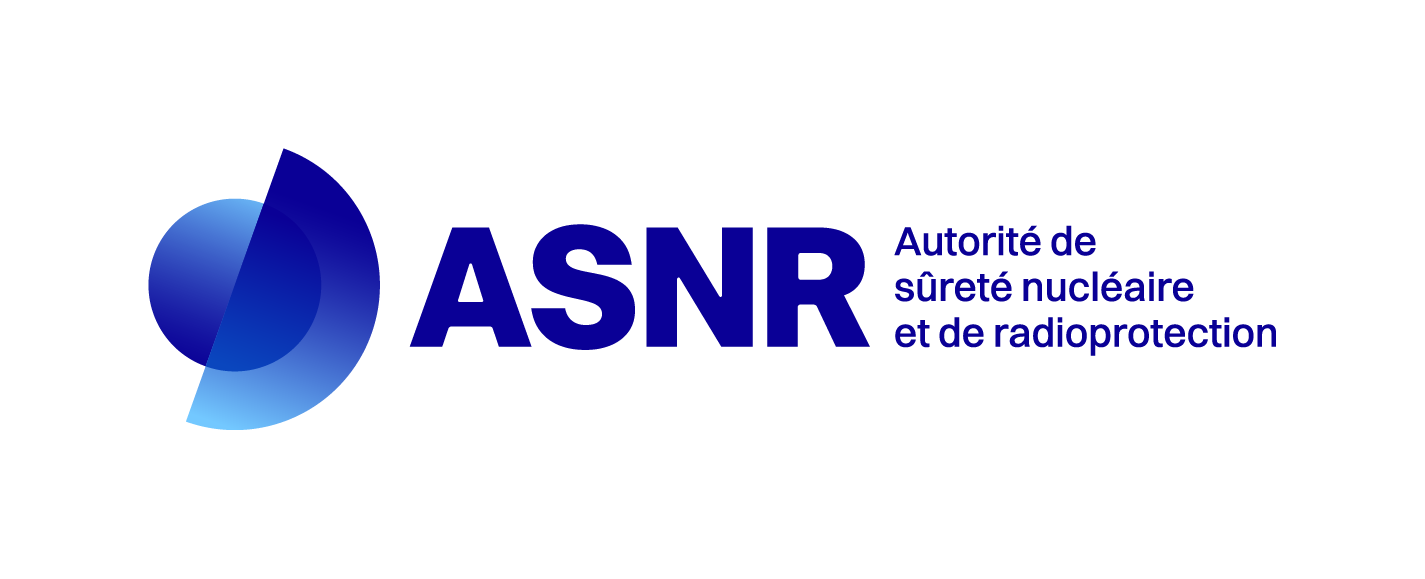Modelling the atmospheric chlorine 36 dry deposition on grass using micrometeorology
Résumé
Chlorine 36 (36Cl, T1/2 = 301,000 years) is a radionuclide with natural and anthropogenic origin that can be rejected during decommissioning of nuclear power plants or chronically during recycling of used nuclear fuels. Once emitted into the atmosphere, chlorine 36 (gas and particles) can be transferred to the soil and vegetation cover by dry and wet deposition. However, quantitative constraints of these deposits are very scarce. Because of its relatively high mobility in the geosphere and its high bioavailability, chlorine 36 fate in the environment should be studied for environmental and human impact assessments.
The aim of this study is therefore to develop dry depositional models for the gaseous and particulate fractions of chlorine 36. The model used for the parameterization of gaseous chlorine 36 dry deposition on grass is the << Big-leaf >> model based on the electrical analogy (Seinfield 1985). It was adapted from the Bah (2020) model developed for iodine. For particulate chlorine 36, the Damay Pellerin (2017) model was used. This model requiring the diameter of particulate chlorine 36 to be known, a sample of aerosol was taken in the chlorine 36 plume to determine on which particle size it is fixed. The sampling was performed on a low pressure impinger (LPI, DEKATI) of 13 levels for particles with diameters between 30nm and 10μm. In order to obtain model input data, meteorological and micrometeorological parameters were measured continuously at the IRSN La Hague technical platform (PTILH, France). The PTILH is located 2 km north of Orano La-Hague plant which emits small quantities of chlorine 36. An ultrasonic anemometer (Young 81000V) installed at a height of 4,5 m from the ground measured the direction (°), the velocity u (m/s) and the air friction velocity u* (m/s), the sensible heat flux H, the Monin-Obukhov length (L) and the atmospheric stability (1/L). A weather station (Spectrum Watchdog, series 2000) measured temperature Ts (°C), relative humidity RH (%), dew point (°C), global radiation SR (Wat/m^2) and photosynthetic active radiation PAR (μM/m^2.s). Sampling campaigns of 2 weeks were also conducted at the PTILH site to determine experimental depositional rates of chlorine 36. Chlorine 36 measurements were carried out by acceleration mass spectrometry at CEREGE-LN2C (France).
The particle size distribution of the aerosol sample from chlorine 36 plume shows two peaks, a main one at 2μm and a second one at 10μm, typical distribution of marine aerosol. The models
yield chlorine 36 depositional velocities between 6,7.10-3 and 10-2 m/s for the particulate fraction,
and between 5.10-3 and 1,3.10-2 m/s for the gaseous one. The total dry depositional velocities
(particles and gas) calculated from the model are less than one order of magnitude than the ones
obtained experimentally.
| Origine | Fichiers produits par l'(les) auteur(s) |
|---|---|
| Licence |




